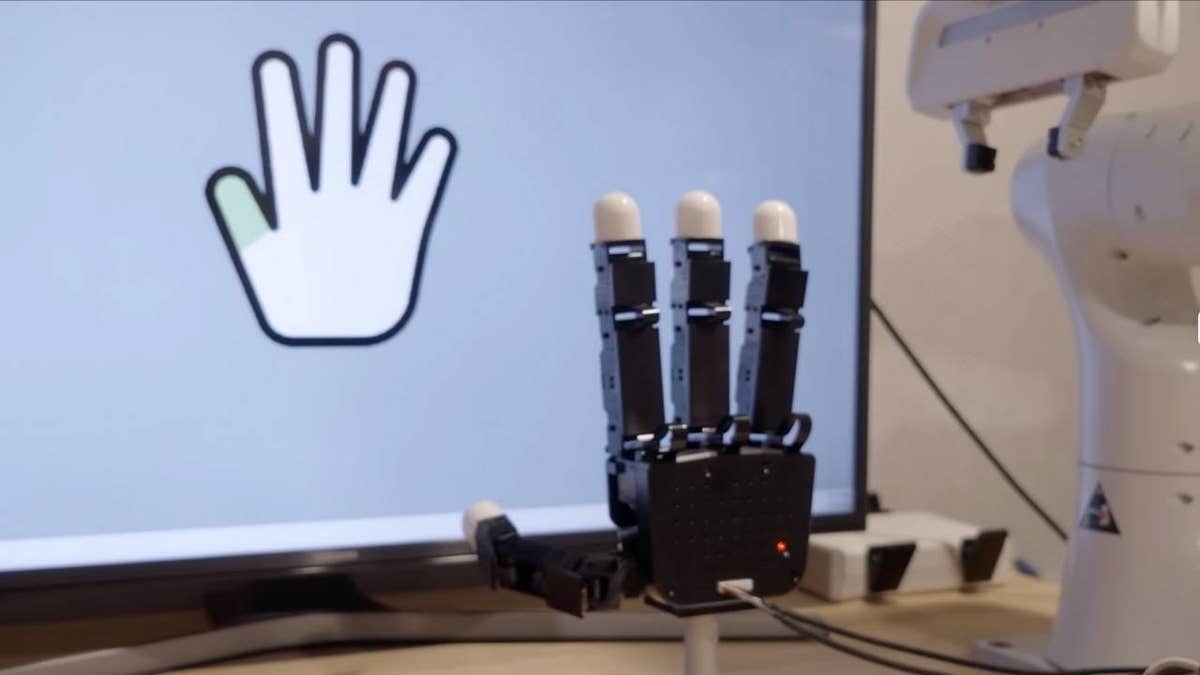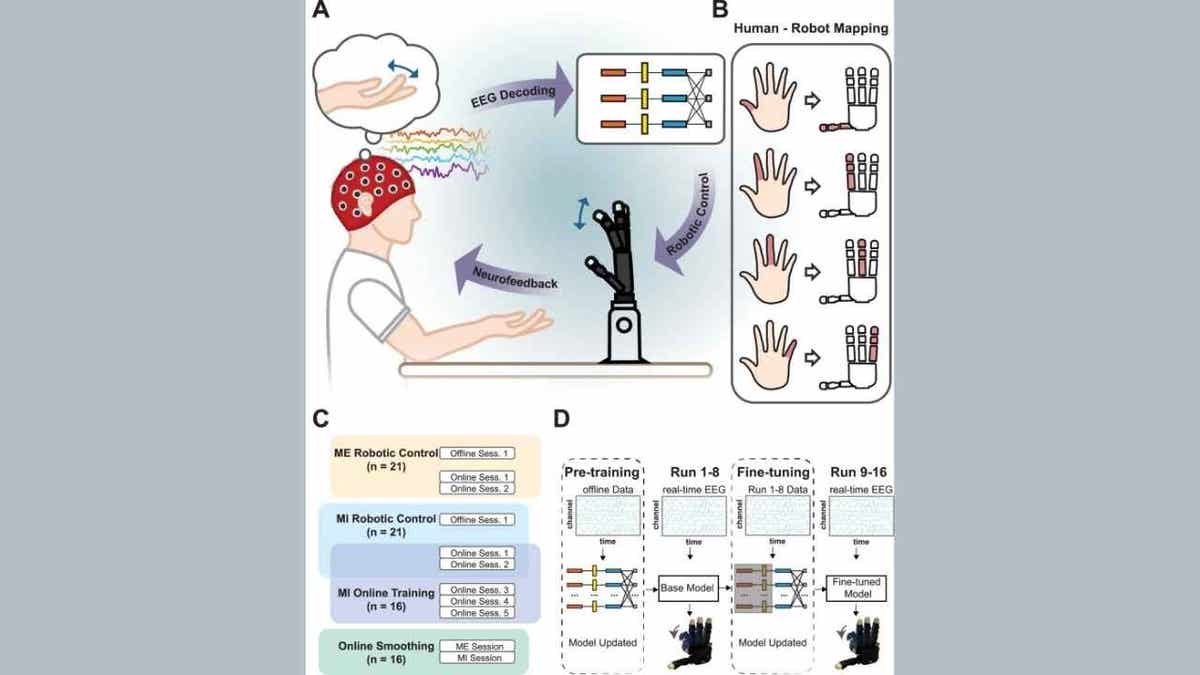Technology
How Asus claims it’s overhauling customer support after Gamers Nexus investigation
/cdn.vox-cdn.com/uploads/chorus_asset/file/21865771/mchin_181204_4182_0006.0.jpg)
ASUS now has a new inbox called “executivecare@asus.com” that they have created specifically to re-process prior RMAs that customers feel were unfairly classified, were misclassified, or charged for a service that should be free
ASUS has published a timeline for improvements: June 14th, today, is the publication of this email and template. ASUS has promised us an email this month with other changes.
ASUS has committed to refunds of service charges for unnecessary repairs which customers felt compelled to accept in order to have a warranted repair covered, such as unrelated or misclassified CID [Customer Induced Damage]
ASUS has committed to refunding shipping charges in scenarios where a warranted repair was part of the RMA. For clarity, if a customer has both an out-of-warranty repair and an in-warranty repair in the same claim, shipping will be covered by ASUS
ASUS has committed to refunding labor and taxes related to these aforementioned qualifying disputes
ASUS has created a Task Force team to retroactively go back through a long history of customer surveys that were negative to try and fix the issues
ASUS has removed the power from the repair centers to claim CID. Now, CID claims must go through ASUS’ team. This will remove some of the financial incentive to fail devices. There still is one, but now it won’t be motivated as much by speed
ASUS is creating a new support center in the US. This will enable customers to choose between a repair of their board or a faster swap with a refurbished board. This solves an issue where refurbs were the only option in some scenarios previously
After over a year of refusing to acknowledge the microSD card reader failures on the ROG Ally, ASUS will be posting a formal statement next week about the defect, resulting from this series
ASUS will publish a more transparent repair report template in September of 2024
ASUS is changing the Advance RMA language to reduce emphasis on physical damage

Technology
Massive scam spreading designed to trick you and steal your money

NEWYou can now listen to Fox News articles!
Look at the image. That’s not the real Omaha Steaks. It’s from a fake site designed to steal your money.
It’s happening all over the internet right now. You see a great deal on name-brand stuff, a new smartwatch, fancy cookware, maybe some designer jeans, and you click.
Everything looks real. The logos, the layout, even Apple and Google Pay are options. But it’s a scam, and now your credit card info is out there.
5-MINUTE CLEANUP FOR YOUR PHONE AND COMPUTER
A massive scam targeting you
Silent Push analysts uncovered thousands of fake websites posing as trusted stores like Apple, Michael Kors, Harbor Freight, REI, Omaha Steaks and more. There’s a massive global scam operation that uses real payment methods on fake checkout pages. Like thousands-of-sites massive.
An image of a fake “Omaha Steaks” website designed to steal your money. (Silent Push)
The twist? The criminals, likely based in China, take your payment and ghost you. No product. No refund. No customer service. Total fake-out.
I’M A TECH PRO AND THESE ARE MY SECRETS TO BETTER FLIGHTS AND LUXURY TRAVEL
They cloned sites
They’re copying everything. Logos, layouts, even the checkout process, so much so that you’d swear you were on the real REI website while buying $10 trail shoes.
But there were some sites with mismatched logos and products. A Harbor Freight clone showed Wrangler jeans.

FILE PHOTO: A photo illustration of a person shopping online. (iStock)
Even worse: These scam sites are popping up faster than hosting companies can take them down. Many are still up right now.
IS YOUR PHONE LISTENING TO EVERYTHING YOU SAY? IT’S COMPLICATED
Don’t fall for it
- Slow down and read. Misspelled words, weird domain names like “nordstromltems.com” (that’s an L, not an I) or random products are huge red flags.
- Use virtual cards or a credit card. Not a debit card. You need that fraud protection.
- Stick to the real URL. Skip the sketchy ads. Always type the URL in yourself.
- If the deal looks too good, it probably is a scam. Period.

FILE PHOTO: A photo illustration of a cybercriminal. (iStock)
Bottom line: If the deal looks like it crawled straight out of your dreams, it’s probably from your nightmares. Slow down before you click “buy.”
Now you know this is happening. This scam campaign is a big one, and you need to stay sharp. Help save the world and use the icons below to share this know-how with your family and friends.
Get tech-smarter on your schedule
Award-winning host Kim Komando is your secret weapon for navigating tech.
- National radio: Airing on 500+ stations across the US – Find yours or get the free podcast.
- Daily newsletter: Join 650,000 people who read the Current (free!)
- Watch: On Kim’s YouTube channel
Copyright 2025, WestStar Multimedia Entertainment. All rights reserved.
Technology
Here are 58 Prime Day deals you can still nab for $50 or less

Amazon Prime Day is an excellent time to save on a wide range of big-ticket items, including 4K TVs, laptops, and the latest pairs of noise-canceling headphones. But if you, like me, are in the market for something more budget-friendly, rest assured that there are plenty of deals to be had for $50 or less. Thankfully, we’ve sifted through hundreds of discounts to find a host of Bluetooth speakers, charging accessories, video games, smart home devices, and other gadgets that come in under that threshold. It’s the final day of Prime Day, which means these deals aren’t going to be available for much longer.
While Prime Day 2025 runs a little longer than previous installments — the event lasts through July 11th this year — these sub-$50 deals might sell out quickly. The good news is retailers such as Walmart and Best Buy are matching Amazon’s pricing in some instances, giving you more places to shop over the next few days. We’ll continue to update this post as Prime Day progresses, but for now, feel free to browse the options below.
Headphone and earbud deals
Other miscellaneous deals
Update, July 11th: Adjusted to reflect current pricing and availability, and to provide a link for readers to our coverage of Prime Day day four.
Technology
Noninvasive brain tech and AI moves robotic hand with thought

NEWYou can now listen to Fox News articles!
Noninvasive brain tech is transforming how people interact with robotic devices. Instead of relying on muscle movement, this technology allows a person to control a robotic hand by simply thinking about moving his fingers.
No surgery is required.
Instead, a set of sensors is placed on the scalp to detect brain signals. These signals are then sent to a computer. As a result, this approach is safe and accessible. It opens new possibilities for people with motor impairments or those recovering from injuries.
Sign up for my FREE CyberGuy Report
Get my best tech tips, urgent security alerts and exclusive deals delivered straight to your inbox. Plus, you’ll get instant access to my Ultimate Scam Survival Guide — free when you join my CYBERGUY.COM/NEWSLETTER
PARALYZED MAN SPEAKS AND SINGS WITH AI BRAIN-COMPUTER INTERFACE
A woman wearing non-invasive brain technology (Carnegie Mellon University)
How noninvasive brain tech turns thought into action
Researchers at Carnegie Mellon University have made significant progress with noninvasive brain technology. They use electroencephalography (EEG) to detect the brain’s electrical activity when someone thinks about moving a finger. Artificial intelligence, specifically deep learning algorithms, then decodes these signals and translates them into commands for a robotic hand. In their study, participants managed to move two or even three robotic fingers at once, just by imagining the motion. The system achieved over 80% accuracy for two-finger tasks. For three-finger tasks, accuracy was over 60%. All of this happened in real time.
WHAT IS ARTIFICIAL INTELLIGENCE (AI)?
Meeting the challenge of finger-level control
Achieving separate movement for each robotic finger is a real challenge. The brain areas responsible for finger movement are small. Their signals often overlap, which makes it hard to distinguish between them. However, advances in noninvasive brain technology and deep learning have made it possible to pick up on these subtle differences.
The research team used a neural network called EEGNet. They fine-tuned it for each participant. Because of this, the system allowed for smooth, natural control of the robotic fingers. The movements closely matched how a real hand works.

A robotic finger being controlled by non-invasive brain technology (Kurt “CyberGuy” Knutsson)
Why noninvasive brain tech matters for everyday life
For people with limited hand function, even small improvements can make a huge difference. Noninvasive brain technology eliminates the need for surgery because the system is external and easy to use. In addition, this technology provides natural and intuitive control. It enables a person to move a robotic hand by simply thinking about the corresponding finger movements.
The accessibility of noninvasive brain technology means it can be used in clinics and homes and by a wide range of people. For example, it enables participation in everyday tasks, such as typing or picking up small objects that might otherwise be difficult or impossible to perform. This approach can benefit stroke survivors and people with spinal cord injuries. It can also help anyone interested in enhancing their abilities.
What’s next for noninvasive brain tech?
While the progress is exciting, there are still challenges ahead. Noninvasive brain technology needs to improve even further at filtering out noise and adapting to individual differences. However, with ongoing advances in deep learning and sensor technology, these systems are becoming more reliable and easier to use. Researchers are already working to expand the technology for more complex tasks.
As a result, assistive robotics could soon become a part of more homes and workplaces.

Illustration of how the noninvasive brain technology works (Carnegie Mellon University)
Kurt’s key takeaways
Noninvasive brain technology is opening up possibilities that once seemed out of reach. The idea of moving a robotic hand just by thinking about it could make daily life easier and more independent for many people. As researchers continue to improve these systems, it will be interesting to see how this technology shapes the way we interact with the world around us.
If you had the chance to control a robotic hand with your thoughts, what would you want to try first? Let us know by writing us at Cyberguy.com/Contact
Sign up for my FREE CyberGuy Report
Get my best tech tips, urgent security alerts and exclusive deals delivered straight to your inbox. Plus, you’ll get instant access to my Ultimate Scam Survival Guide — free when you join my CYBERGUY.COM/NEWSLETTER
Copyright 2025 CyberGuy.com. All rights reserved.
-

 Business1 week ago
Business1 week agoSee How Trump’s Big Bill Could Affect Your Taxes, Health Care and Other Finances
-

 Culture1 week ago
Culture1 week ago16 Mayors on What It’s Like to Run a U.S. City Now Under Trump
-

 Politics7 days ago
Politics7 days agoVideo: Trump Signs the ‘One Big Beautiful Bill’ Into Law
-

 News1 week ago
News1 week agoVideo: Who Loses in the Republican Policy Bill?
-

 Science1 week ago
Science1 week agoFederal contractors improperly dumped wildfire-related asbestos waste at L.A. area landfills
-

 Technology1 week ago
Technology1 week agoMeet Soham Parekh, the engineer burning through tech by working at three to four startups simultaneously
-

 Politics1 week ago
Politics1 week agoCongressman's last day in office revealed after vote on Trump's 'Big, Beautiful Bill'
-

 World1 week ago
World1 week agoRussia-Ukraine war: List of key events, day 1,227













